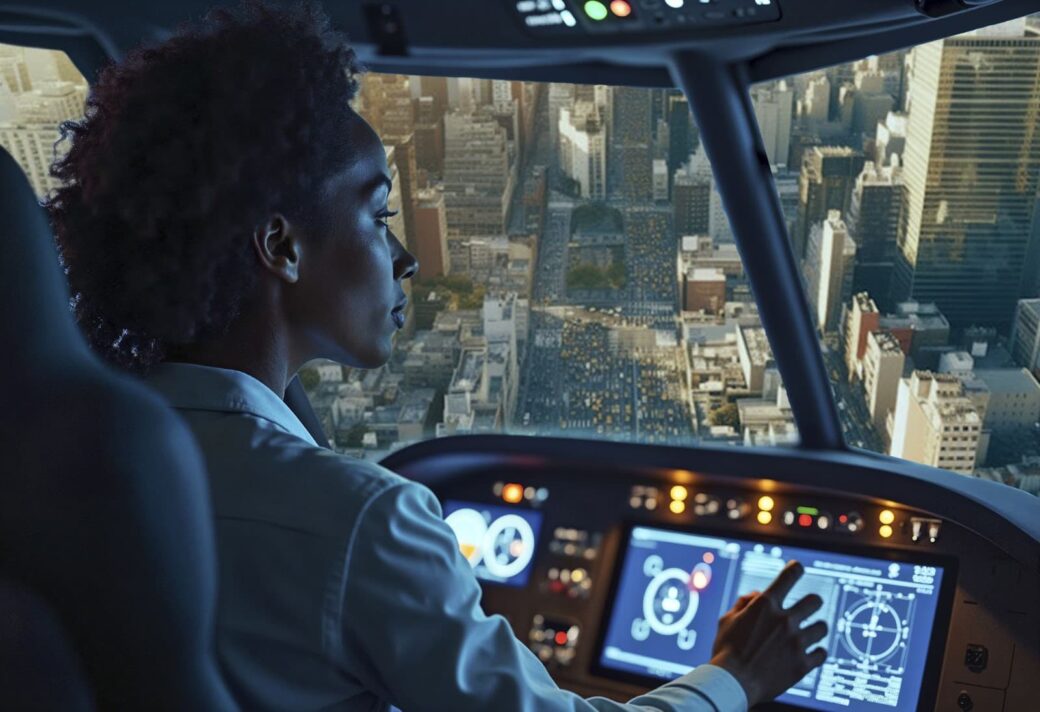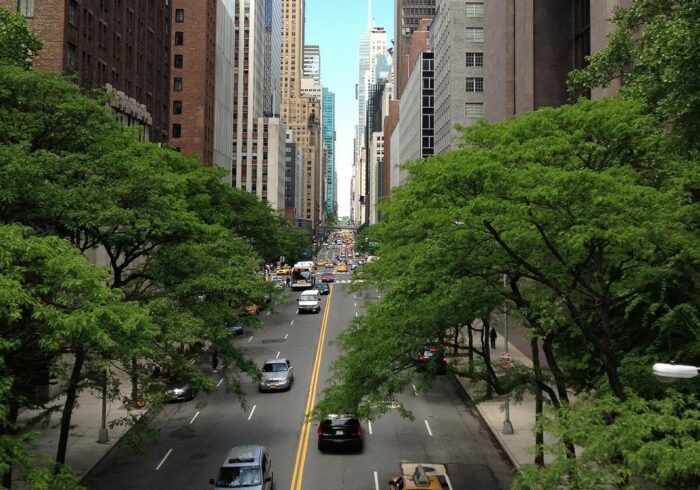When we hear the phrase aviation simulator, the first things that come to mind are pilot cockpits, crew training, and flight imitation. However, these high tech tools are increasingly finding applications beyond aviation. One vivid example is the game Avia Masters, which combines elements of realistic control, quick reaction, and working under stress. That is why urban planners and transport system designers are increasingly turning to such simulations to test human behavior in crisis situations, to model traffic, or to manage flows in the city.
What aviation and city roads have in common
In the sky and on the ground, the key goal is the same — safety and predictability of movement. In aviation, pilots train on simulators where they practice various scenarios: strong wind, limited visibility, system failures. In the urban environment, engineers face other challenges: heavy traffic, pedestrians, cyclists, traffic lights, unpredictable driver behavior. And in both cases, simulation makes it possible to test solutions before implementing them.
Several cities are already successfully using simulators:
- Scandinavian countries model intersections to make them safer for cyclists.
- Japanese urban planners have borrowed algorithms from aviation trainers to improve signaling at complex interchanges.
- The USA uses simulation laboratories where engineers and drivers jointly test new solutions before implementing them on real streets.
Thus, thanks to technologies borrowed from aviation, cities are becoming more predictable, comfortable, and safe for all road users.
How aviation experience is applied in cities

Urban planning specialists have started creating virtual models of city blocks, using the same principles as aviation simulators. Thanks to this, it is possible to:
- Run through different traffic scenarios. What will happen if a new traffic light is added? How will drivers behave if the lanes are narrowed or widened? How will road users behave during a sudden stop of transport or in an emergency situation?
- Practice the actions of different street users. For example, simulate the behavior of a bus driver and a pedestrian at the same time to identify dangerous points.
- Analyze flows at different times of day. By modeling movement during rush hours and at night, engineers can understand how traffic and pedestrian flows change and adjust traffic light regulation or lane priorities.
- Evaluate the effectiveness of new transport solutions. Before launching new bus routes or dedicated bike lanes, they can be tested in a virtual environment to see how they will affect overall traffic.
- Check infrastructure for people with limited mobility. Simulators allow modeling the movement of people with wheelchairs or strollers to identify places where more convenient crossings or gentler ramps are needed.
- Practice emergency scenarios. It is possible to simulate evacuation during a fire, flood, or an accident at an intersection to determine how quickly and safely people and transport will move.
Aviation simulators have taught an entire industry that it is better to learn from mistakes virtually than in real life. They make it possible to create highly detailed scenarios, adjust the speed of processes, and repeat situations over and over again. This approach has become the foundation for road simulation complexes, where engineers and planners can test new interchanges or traffic schemes without risk to people.
Aviation simulators are not only about the sky. Their principles help design safe, convenient, and predictable streets. Thanks to such technologies, urban planners can foresee problems, find optimal solutions, and make cities more comfortable for all road users. So next time, when crossing a new interchange or driving on a renovated street, remember: somewhere in a virtual space, engineers may have already “played through” hundreds of scenarios — just as pilots do in aviation simulators.



